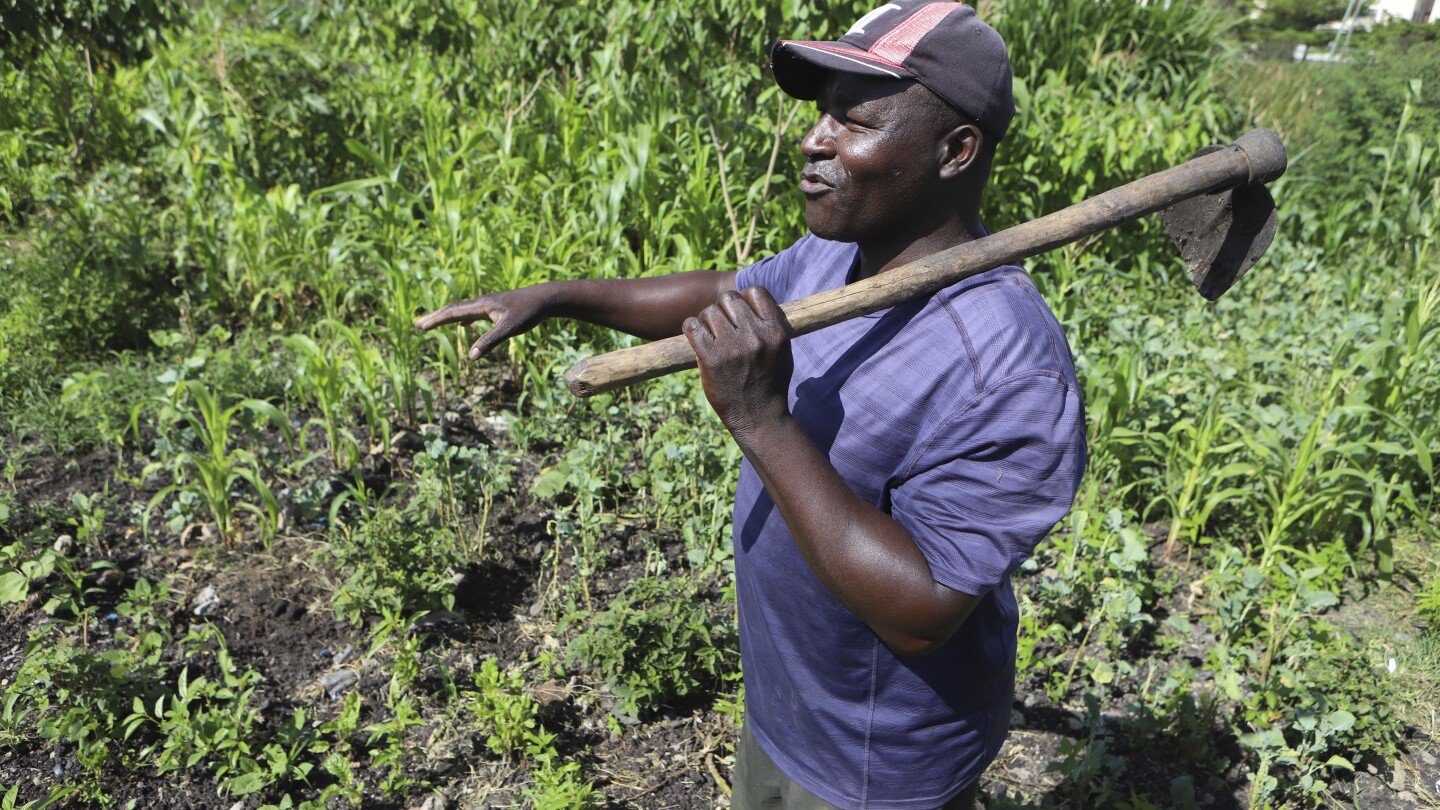When Benson Wanjala started farming in his western Kenya village two and a half decades ago, his 10-acre farm could produce a bountiful harvest of 200 bags of maize. That has dwindled to 30. He says his once fertile soil has become a nearly lifeless field that no longer earns him a living.
Like many other farmers, he blames acidifying fertilizers pushed in Kenya and other African countries in recent years. He said he started using the fertilizers to boost his yield and it worked — until it didn’t. Kenya’s government first introduced a fertilizer subsidy in 2008, making chemical fertilizers more accessible for smaller-scale farmers.
Problems with soil health are growing as the African continent struggles to feed itself. Africa has 65% of the world’s remaining uncultivated arable land but has spent about $60 billion annually to import food, according to the African Development Bank. The spending is estimated to jump to $110 billion by 2025 due to increased demand and changing consumption habits.
“Inorganic fertilizers were never meant to be the foundation of crop production,” he said, later adding that because of “commercially inclined farming, our soils are now poor, acidic, and low in biomass resources, and without life!”



They fucked something up, even if it’s not that. You’ll notice the soils of the US midwest are good as gold after a near-century of this shit.
That’s not really their fault, though. Presumably nobody came and explained the best practices.
No the soils in the Midwest are not good.
https://storymaps.arcgis.com/stories/7e1766e613384ea59aef9ff17ccbdc9c
https://www.sciencedirect.com/science/article/abs/pii/S0341816224002716?via%3Dihub
Erosion and soil profile degradation from poor farming practices are a huge issue.
If you want to get “out into the weeds”, yes there’s still problems. Water usage is insanely unsustainable in some areas too, which is the real emergency. Until the water table dries up yields are continue to be great.
Looking at the first paper:
So that’s the timescale we’re talking. The Kenyan policy started in 2008, so 2mm/year topsoil loss isn’t the issue. I also wonder how this figure changed around the dustbowl period, when practices were much worse yet.
Fun fact, no-till uses even more chemicals. If you’re not mechanically digging up weeds and pests you’ve got to kill them other ways.